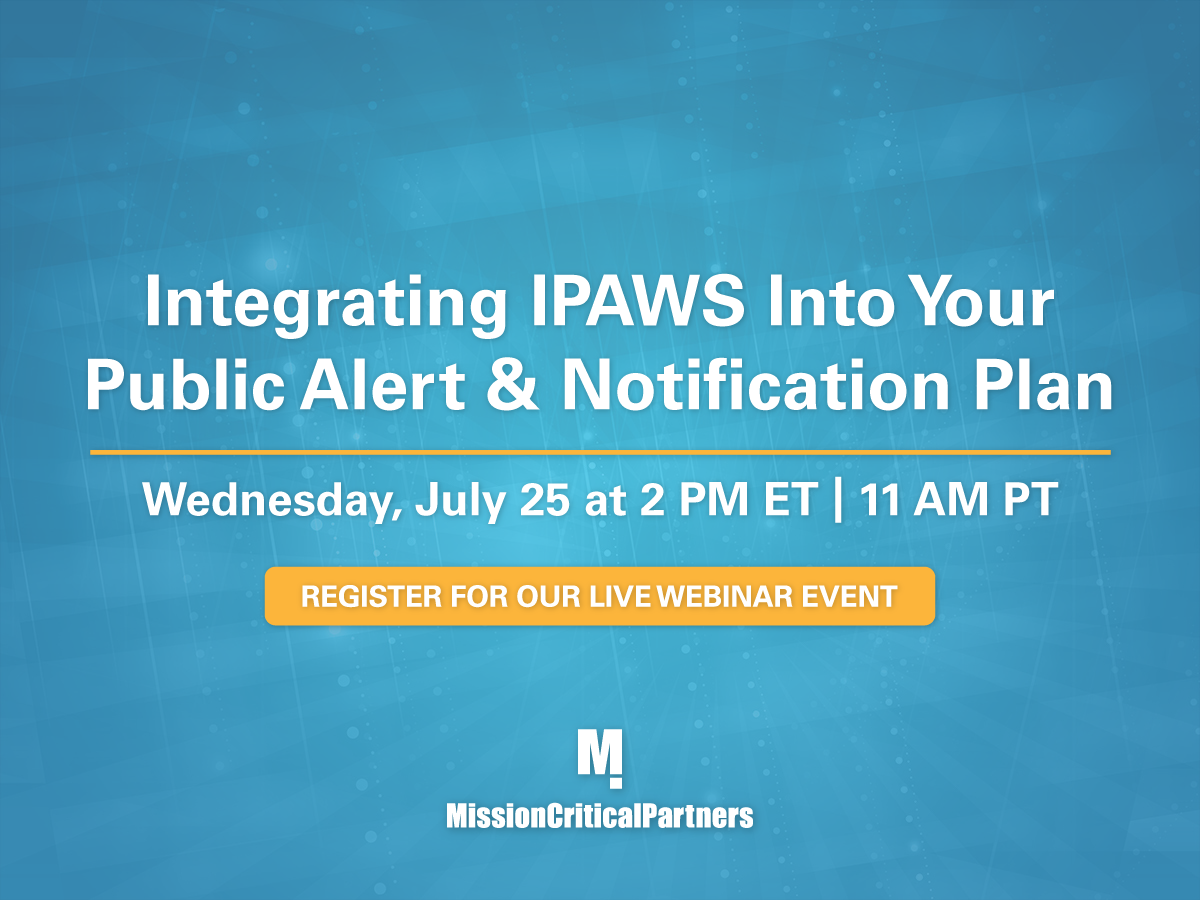A Call to Action: 911 Data Sharing
In a previous article on MCP Insights, we discussed in length how data will be king in public safety’s incredibly exciting new era. The torrent of rich data that is beginning to enter into 911 centers promises to have a profound impact on emergency response—but only if its harnessed effectively.
For the 911 community to realize the full value of data, several critical elements must be in place. One of those is a data management and sharing environment that provides useful and sustainable standards, requirements, and guidance. Not only must this environment support day-to-day 911 service delivery today, it must be flexible enough to support the industry’s future, next-generation data needs as well.
With today’s legacy 911 environment—which consists of localized, siloed systems—overcoming this significant hurdle will be difficult, but one that MCP believes not only is attainable, but also imperative.





